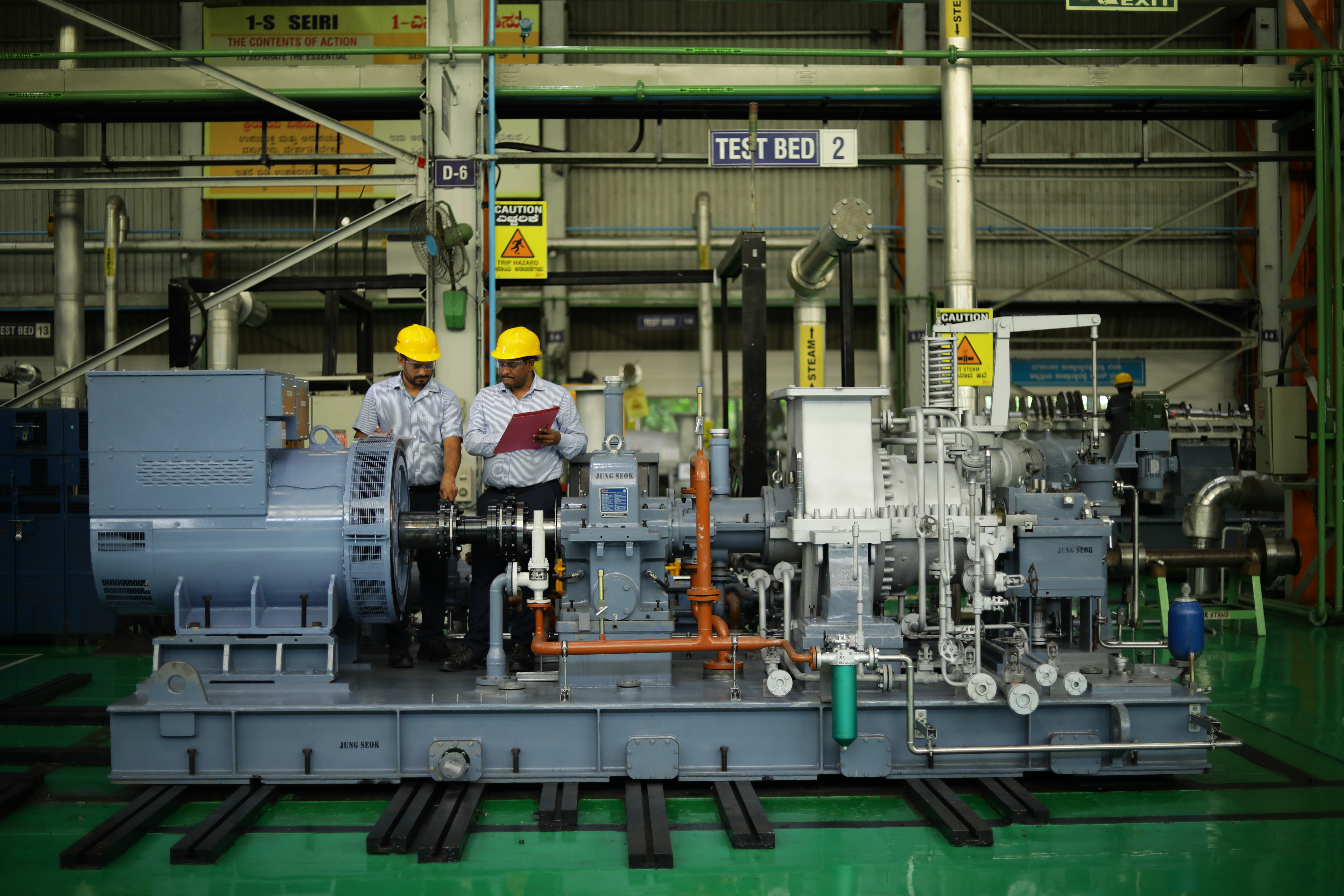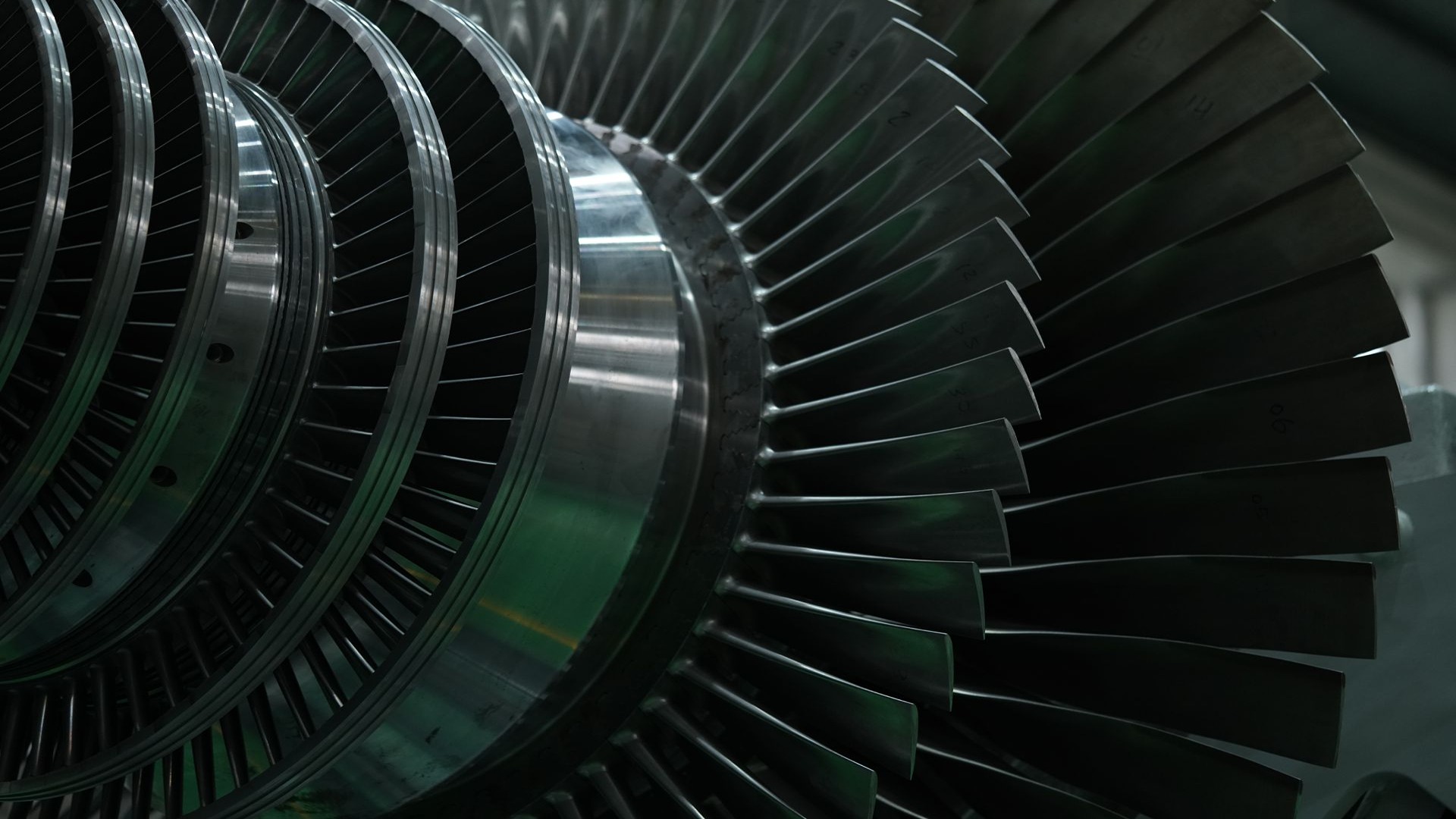
Turbine Generators Explained: Types, Efficiency & Power Generation
Turbine generators convert fluid energy into mechanical work, which is then converted into electricity, forming the core of thermal, nuclear, and many industrial captive power plants worldwide. A modern turbine generator system integrates the prime mover, alternator, auxiliaries, protection, and controls to deliver safe, stable, and grid-compliant power.
. Understanding the operating principles of each turbine generator type and the engineering factors that drive performance enables owners to consistently maximize output, availability, reliability, and overall lifetime value.
Steam Turbine Generators
Steam turbine units are prevalent in utility and process plants due to their excellent scalability and ability to utilize diverse steam sources such as coal, gas, biomass, and waste heat. High-pressure steam expands across multi-stage blading to spin the rotor, while condenser vacuum and gland sealing minimize mechanical and thermodynamic losses.
Upgrades to the last-stage blades, seals, and controls reduce heat rate, improve reliability, and sustain output under varying load and seasonal conditions. In cogeneration systems, backpressure configurations provide process steam while the turbine-driven generator produces electricity for internal use and export to the grid.
Gas Turbine Generators
A gas turbine generator compresses air, mixes fuel at constant pressure, and expands high-temperature gas through turbine stages to drive useful work. Efficiency depends on firing temperature, compressor pressure ratio, inlet conditioning, and the health of the hot section, which is managed through disciplined maintenance and monitoring.
In combined cycle plants, exhaust heat produces steam for a bottoming turbine electric generator, thereby raising net efficiency and improving carbon intensity per megawatt-hour.
Hydro Turbine Generators
Hydroelectric machines convert hydraulic head into rotational power using Francis, Kaplan, or Pelton turbines, which are selected based on site-specific hydraulic conditions. With no combustion and low variable operating cost, they provide peaking capability, frequency support, and valuable ancillary services for modern grids.
Efficiency is driven by runner geometry, wicket gate control, cavitation management, and digital governors that maintain stability across broad operating ranges.
Levers That Improve Efficiency and Reliability
Across any turbine generator system, four levers consistently move the needle for efficiency, reliability, and sustainable lifecycle economics in operation.
- Thermodynamics
Maximize expansion ratio and minimize back pressure or exhaust losses using better steam conditions, condenser performance, and optimized control schedules.
- Aerodynamics and Hydraulics
Advanced blade profiles, tighter tip clearances, and smooth surfaces reduce profile and secondary losses that erode machine efficiency.
- Heat Rate Discipline
Manage fouling, leakage, alignment, and parasitic loads through rigorous operations and maintenance (O&M) practices supported by quantified performance testing.
- Digital Monitoring
Vibration, temperature, and performance analytics enable condition-based maintenance and targeted overhauls, preventing costly unplanned outages.
Selection Considerations
Select a turbine generator based on duty cycle, fuel or steam availability, grid requirements, ambient conditions, water limitations, and long-term maintenance strategy. Properly sizing auxiliaries, excitation, and protection systems ensures the unit consistently achieves its rated performance year-round.
Ready to Improve Output and Reliability?
For reliable performance and reduced lifecycle costs, a custom-engineered turbine generator paired with disciplined operation and maintenance is crucial for success. We at Triveni Turbines deliver back pressure and condensing steam turbine units, followed by SMART backpressure units for replacement of PRDS systems, API-compliant steam turbines for drives and power generation, as well as advanced cogeneration solutions with power ratings of up to 100 MWe. This is backed by impulse as well as reaction technologies.
Our portfolio integrates robust service programs and value-driven support for every steam turbine generator you own. Reach out today to explore your application and achieve reliable, efficient power generation with Triveni Turbines as your trusted long-term performance partner.
